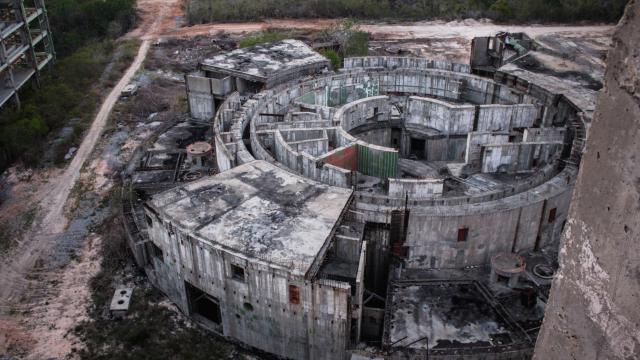Just 90 miles off the tip of Florida lies a half-baked, abandoned relic of the Cold War-era arms race — what was once going to be a joint Cuban-Soviet nuclear reactor. Thank God it never panned out. Because not only do we now have these incredible shots from photographer Darmon Richter, but every last aspect of this thing would have been a total and utter disaster.

It all started back in 1976, when comrades in communism, Cuba and the Soviet Union, agreed to build two nuclear reactors near Juragua, Cuba. And if it had ever been finished, just one of these 440-megawatt reactors could have satisfied over 15 per cent of Cuba’s energy needs. As The New York Times explained when construction officially ceased, this wasn’t your everyday reactor:
The V.V.E.R. design, which was the most advanced at the time, was the first to be exported by Moscow for use in a tropical climate. It differs from the Chernobyl-style design in that the radioactive core and fuel elements are contained within a pressurised steel vessel.
Construction didn’t start until 1983, which gave Cuba 10 years to build their potential-livelihood, all thanks to the the steady flow of Soviet funds. Of course, when the Soviet Union fell in 1991, the essential funds ceased, over 300 former Soviet technicians returned to the motherland, and all construction came to a standstill — despite the fact that 40 per cent of the heavy machinery had already been installed.
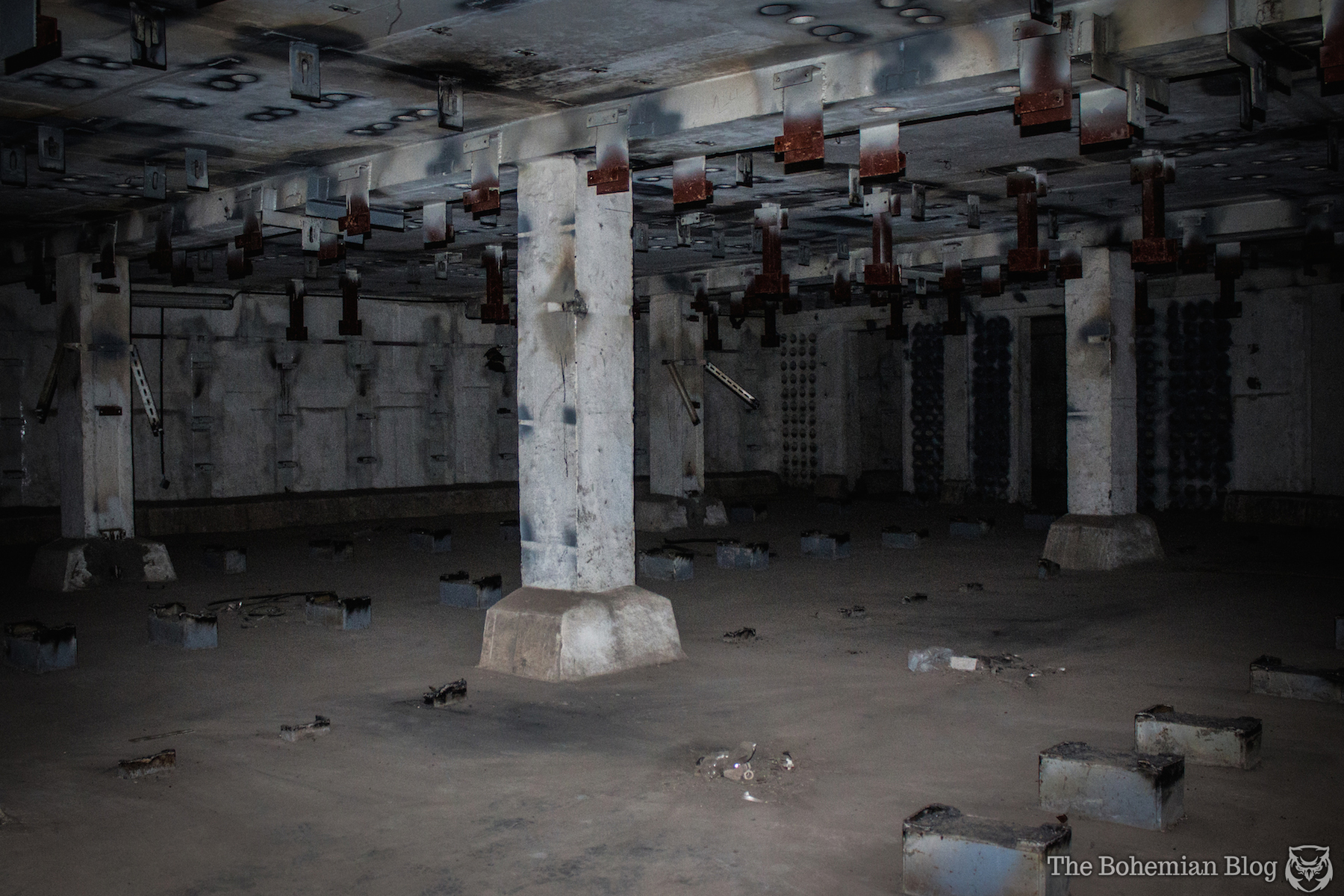
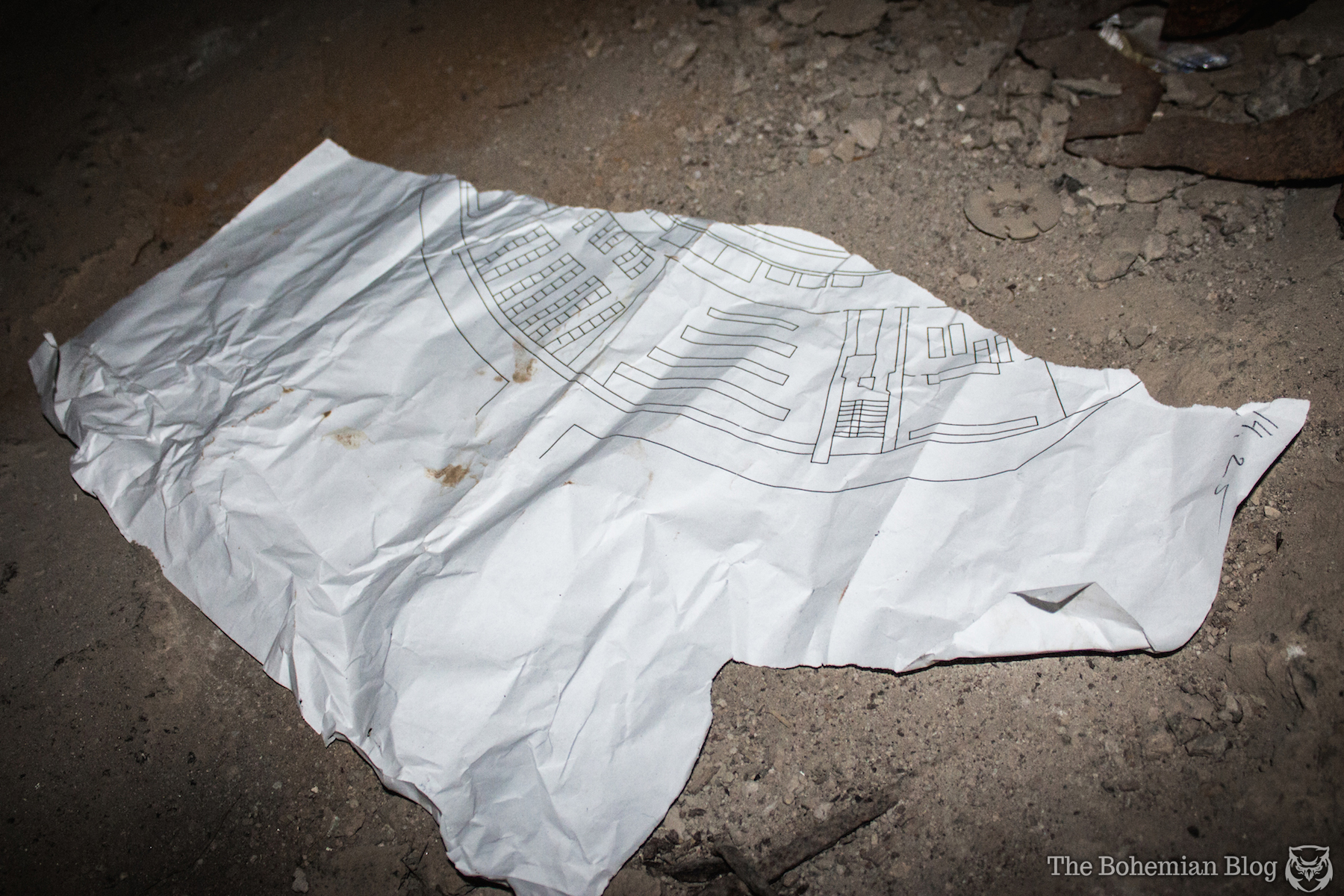
Still, it wasn’t over quite yet. The whole project spent nearly a decade in limbo, until finally, in 2000, Fidel Castro told Vladamir Putin that he was done with the two countries’ former joint-dream. Now, the power plant at Juragua was officially little more than a testament to what could have been — which is a very good thing. Because as it turns out, “what could have been” basically entailed wildly dangerous conditions and potentially a whole mess of destruction.
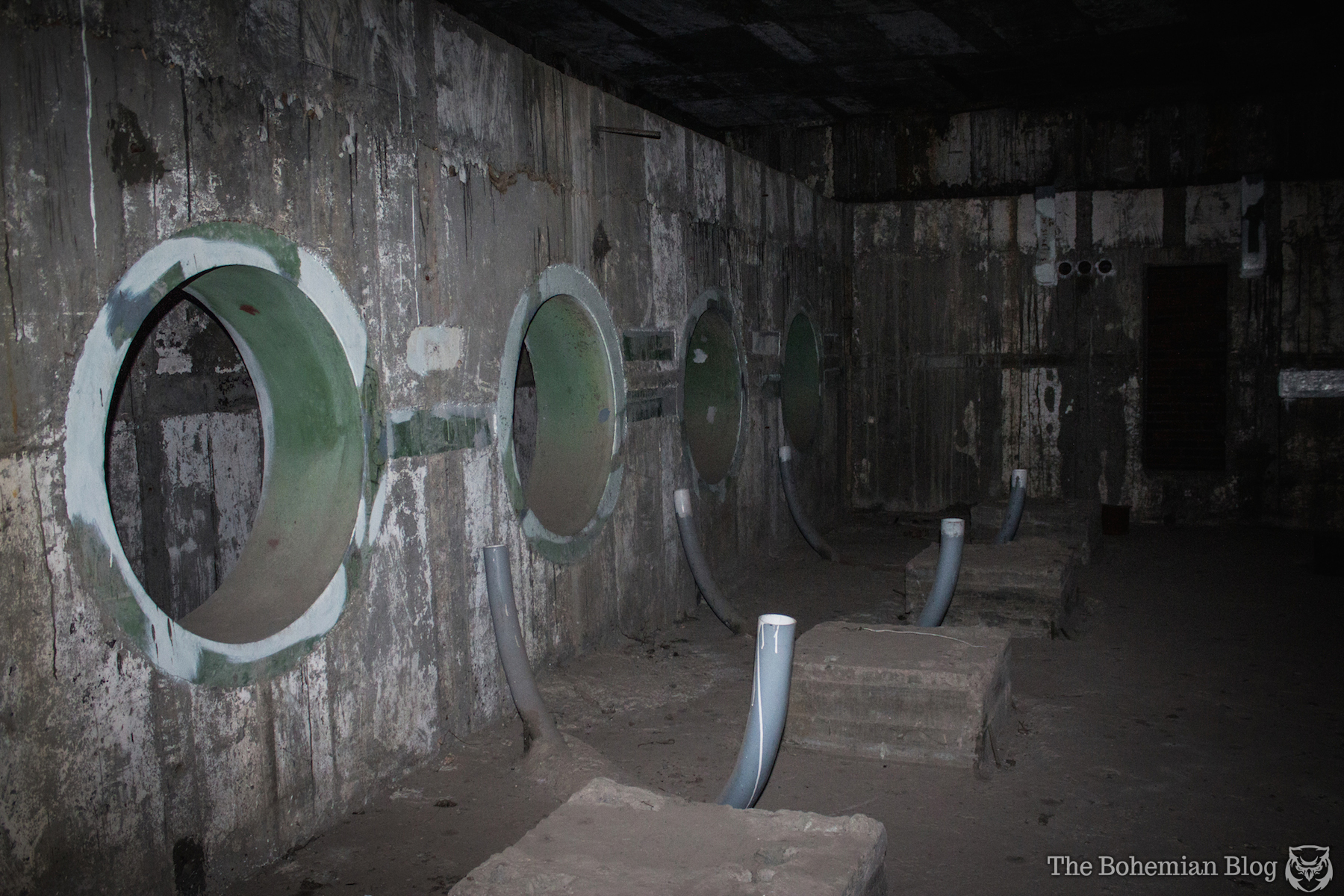
During constructions, Cuba’s “solution” was to dump the waste in a sea-level patch of ocean near the plant itself. And as Cereijo’s report explains, “this would contaminate flora, fauna and the Cuban population.” So, less than ideal.
What’s more, just because the design itself may have been advanced for its day doesn’t mean the Soviets would have necessarily been able to implement it properly or, more importantly, safely. Pretty much every protection and diagnostics system in place was behind Western standards:

The reactors have poor leak-tightness of confinement. There is also an unknown quality of plant equipment and construction, due to lack of documentation on design, manufacturing and construction, and reported instances of poor quality materials being re-worked at plant sites. There are also major variations in operating and emergency procedures, operator training, and operational safety among plants using VVER-440.
In addition to being poorly built, even if there was a problem on the horizon, workers would have absolutely no idea until it was too late; Cuba had no preventative method of monitoring radioactivity levels. So if/when disaster did strike, South Florida would have less than a day before toxic materials reached its shore. And everyone within an 18-mile radius of the accident would effectively find themselves in a so-called “dead zone” — an area in which nothing could possibly survive.
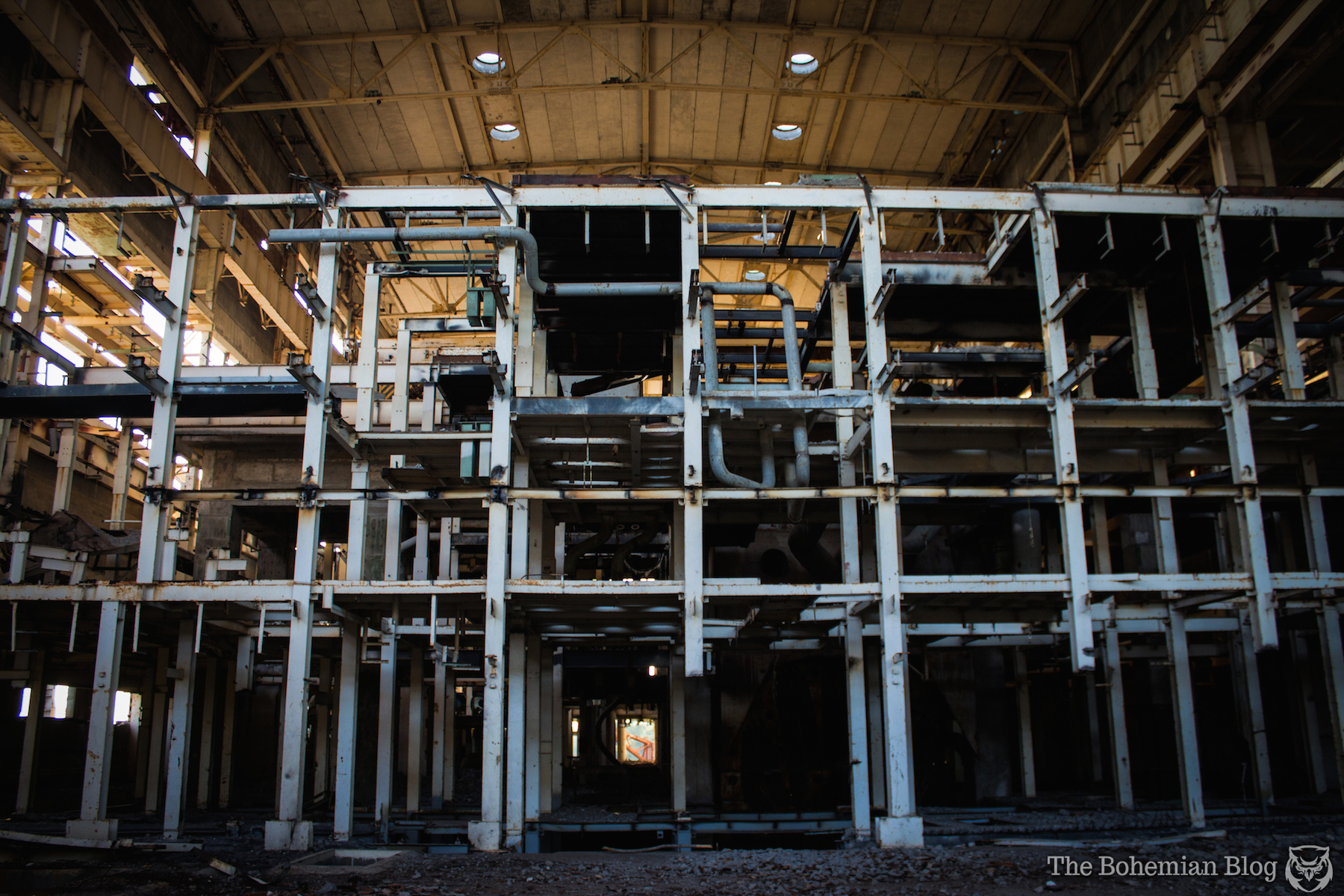
Even the project’s own engineers had grave concerns about what it was they were being asked to build. In 1994, an engineer-turned-Soviet-defector essentially called the reactor a tragedy waiting to happen. According to a 1994 paper published in The Nonproliferation Review, a journal covering weapons and their environmental effects:
Defector Vladimir Cervera, a senior engineer responsible for overseeing quality control at the reactor, stated that x-ray analysis showed that the welding pipes for the cooling system were weakened by air pockets, bad soldering, and heat damage. Of the pipes that were originally approved, 15 per cent were later found to be flawed.
Another defector, Jose Oro, a senior nuclear engineer at the site, stated that the support structure of the plant contains numerous faulty seals and structural defects, and that the steam supply system has been left outdoors and uncovered since December 1990. This would have exposed the equipment to highly corrosive tropical salt air, risking critical damage.
If the Cold War hadn’t ended when it did, these frightening possibilities may very well have become a nightmarish reality.
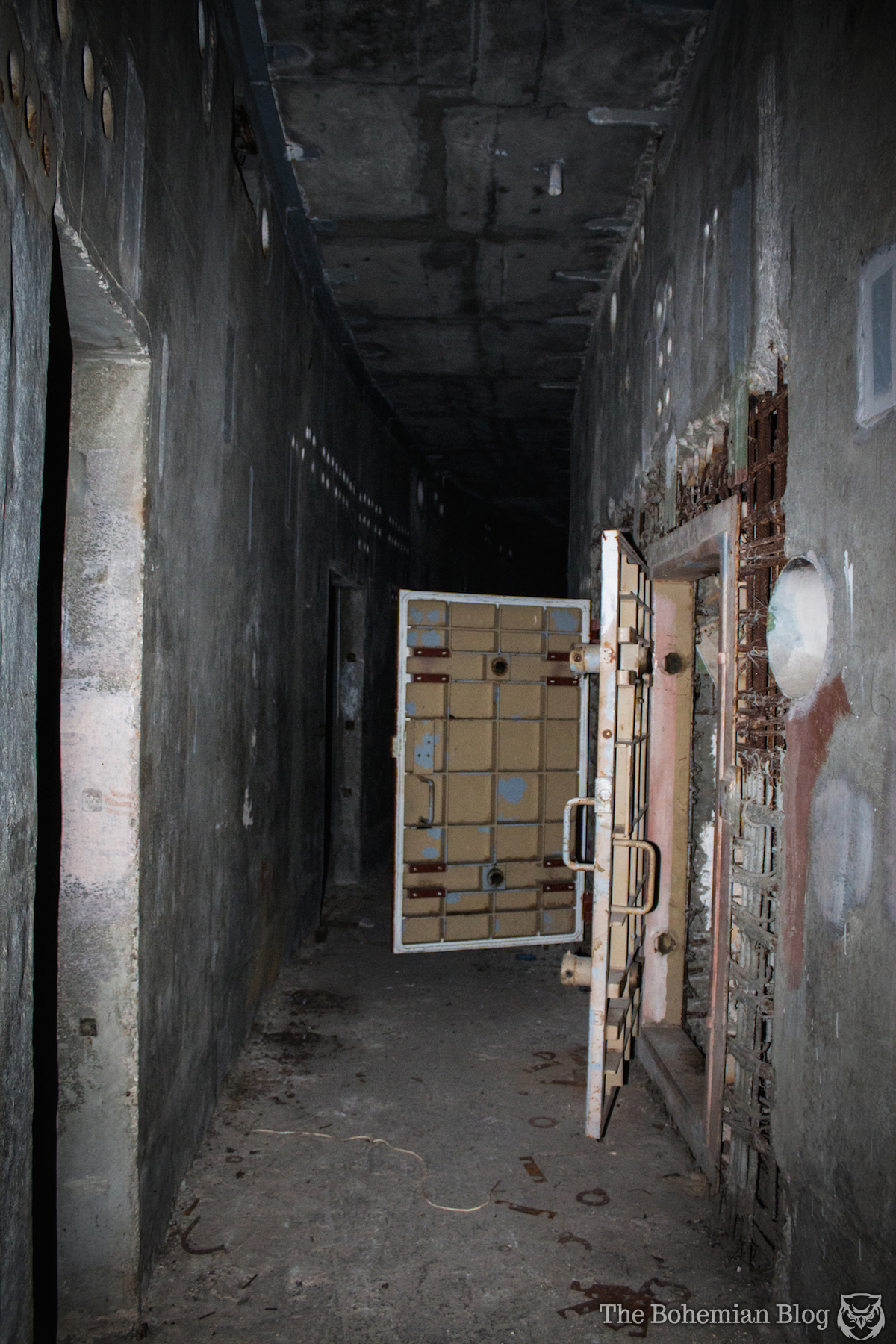
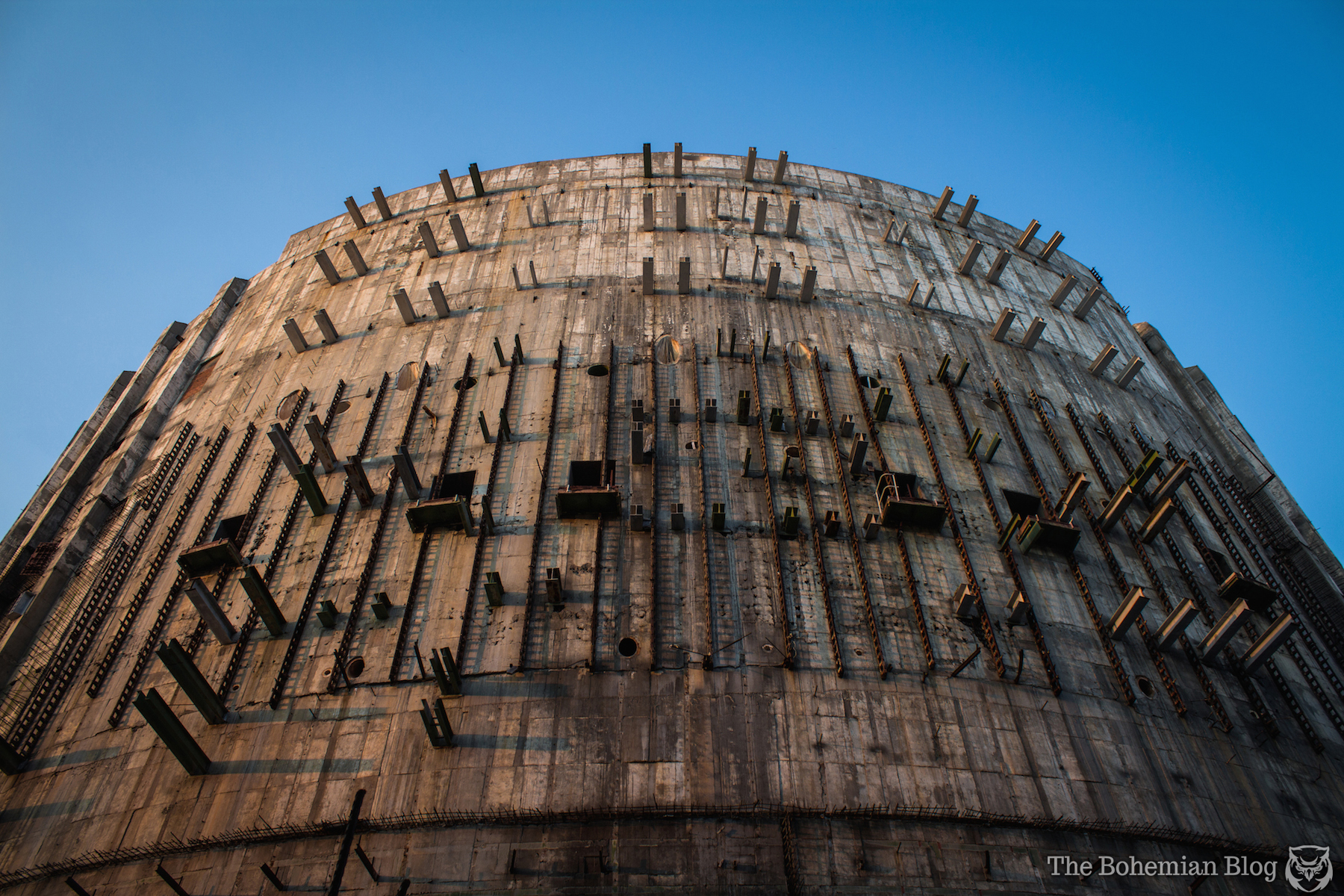
Thankfully, though, these photos and some abandoned, absurdly faulty machinery are all that remains of Cuba’s attempt at nuclear power. And at least for now, that’s not likely to change.
[Bohemian Blog – New York Times – Federation of American Scientists – Juragua: Radioactive Fallout Threat – Cuba’s Nuclear Power Program and Post-Cold War Pressures]
All photos republished from The Bohemian Blog with permission.
